The newfound ensemble of neurons could lead to therapies to treat persistent pain, which affects roughly one in five people globally.
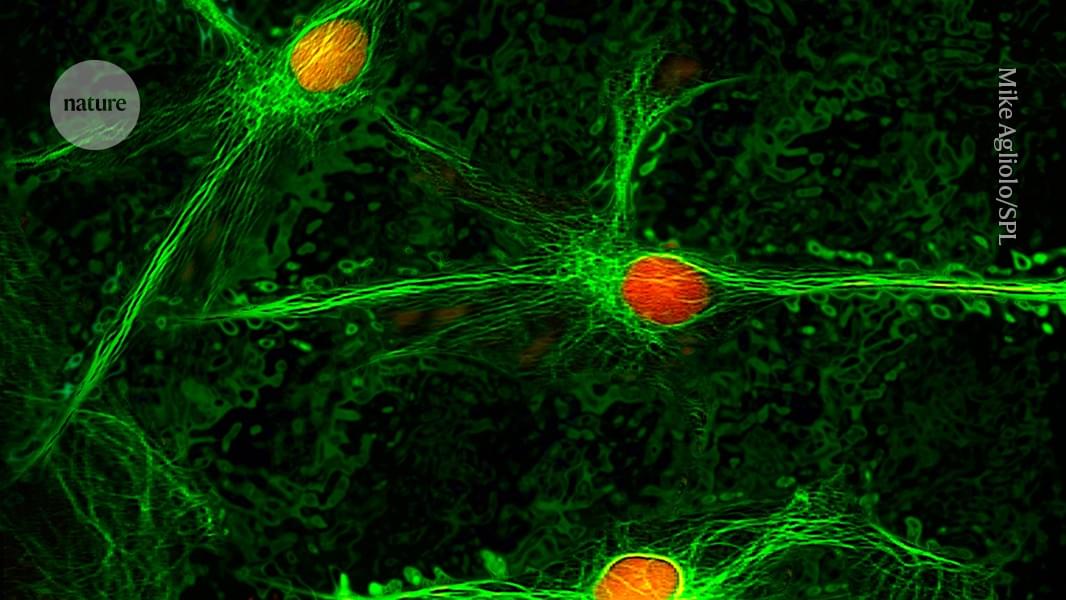

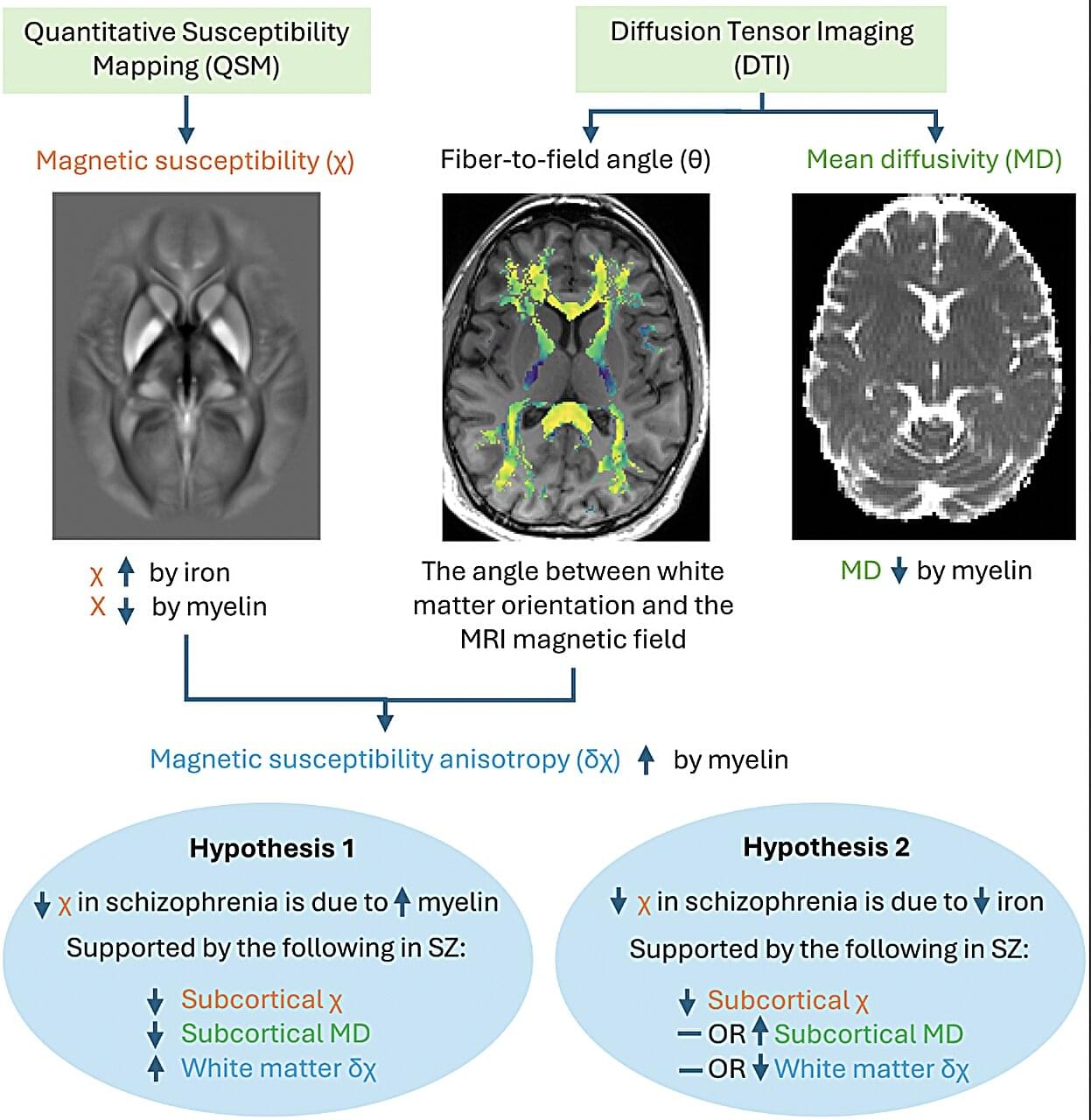
Schizophrenia is a severe and debilitating psychiatric disorder characterized by hallucinations, disorganized speech and thought patterns, false beliefs about the world or oneself, difficulties concentrating and other symptoms impacting people’s daily functioning. While schizophrenia has been the topic of numerous research studies, its biological and neural underpinnings have not yet been fully elucidated.
While some past brain imaging studies suggest that schizophrenia is associated with abnormal levels of iron and myelin in the brain, the results collected so far are conflicting. Iron is a metal known to contribute to healthy brain function, while myelin is a fatty substance that forms a sheath around nerve fibers, protecting them and supporting their conduction of electrical signals.
Researchers at King’s College London, Hammersmith Hospital and Imperial College London recently set out to further explore the possibility that schizophrenia is linked to abnormal levels of iron and myelin in the brain. Their findings, published in Molecular Psychiatry, uncovered potential new biomarkers of schizophrenia that could improve the understanding of its underlying brain mechanisms.
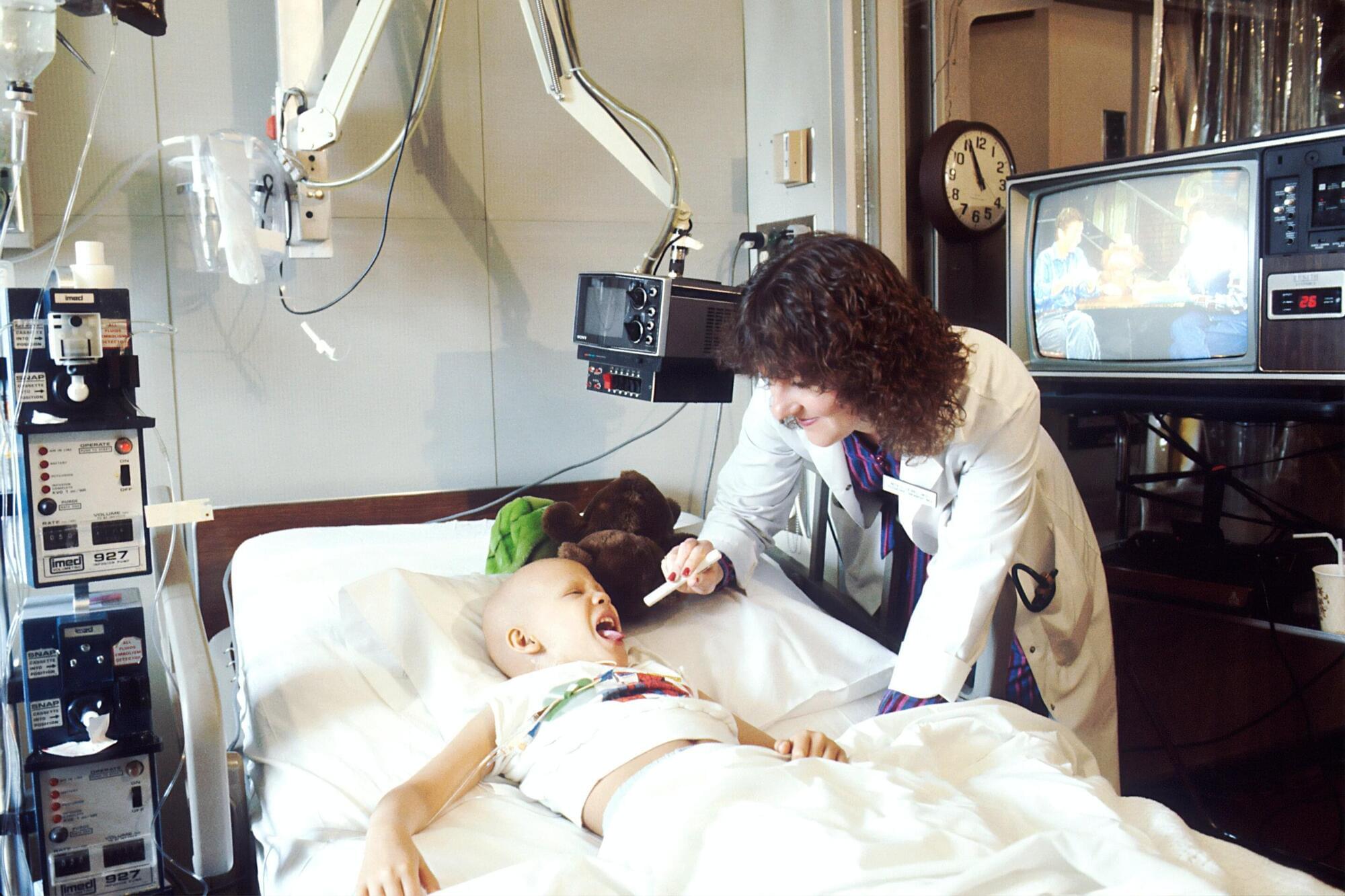
In the United States, significant numbers of adults with dementia require long-term care services. For example, around 750,000 people who live in nursing homes have a diagnosis of dementia. However, transportation insecurity for this population has not received sufficient attention. Although long-term care facilities provide basic medical services, residents with dementia often need external, preventative, and follow-up care such as specialist visits, diagnostics, and dental or vision services. Without reliable nonemergency medical transportation, these needs may go unmet.
To demonstrate the extent of this problem, Postdoctoral Research Scientist Soojeong Han, Ph.D., and her colleagues reviewed existing literature on non-emergency medical transportation services for individuals with dementia living in long-term care (LTC) facilities. The study, “Transportation Services in Society for Individuals Living With Dementia in Long-Term Care Facilities: A Scoping Review,” was published in the Journal of the American Medical Directors Association.
Their review found only five publications that mentioned this topic, and even then, only briefly. Across these studies, caregivers, health care professionals, and people with dementia consistently described nonemergency medical transportation as a critical need. Reported barriers included financial strain, rural-urban disparities, lack of continuity among transportation vendors, and dementia-specific challenges such as cognitive decline, stigma, and the need for caregiver accompaniment.

Researchers have designed a peptide that prevents the deadly misfolding of alpha-synuclein, the protein behind Parkinson’s and some dementias. In lab and animal tests, it stabilized the protein and improved motor function. The work demonstrates the power of rational drug design in tackling brain diseases that have long lacked effective treatments.
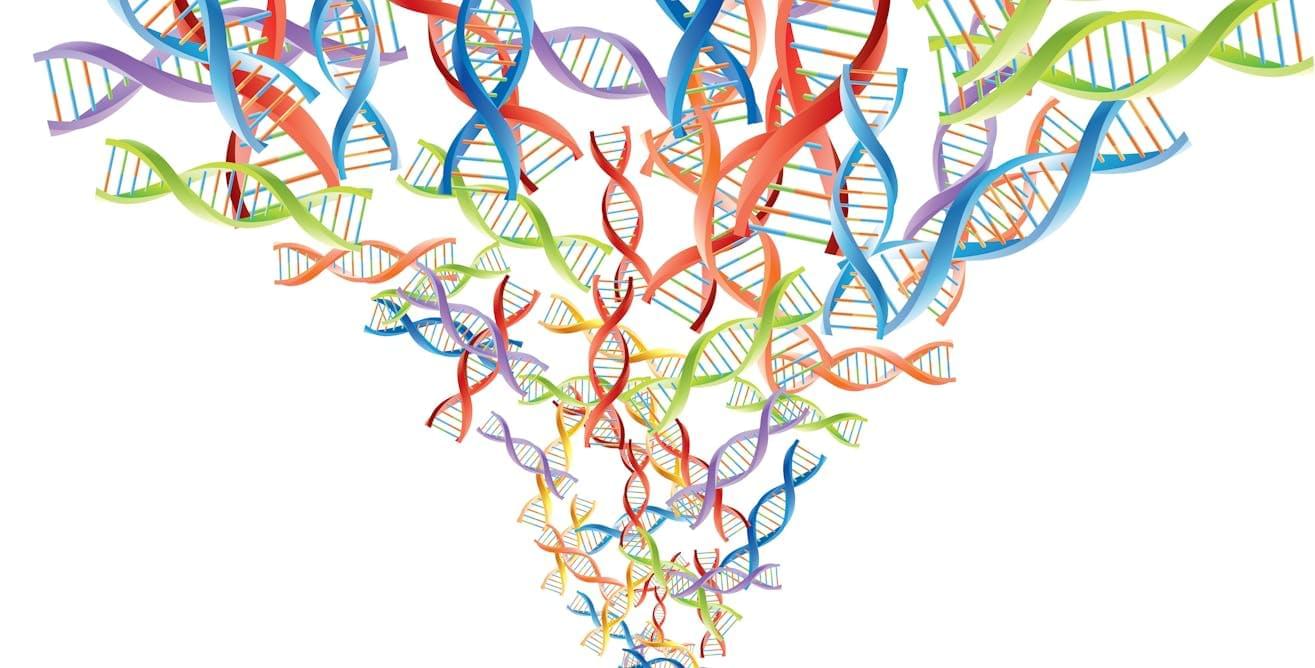

The suspected causes of Alzheimer’s disease are diverse, and its cures are, today, nonexistent.
What’s all but certain is that many who today have the mental chops to wade through a detailed article about the disorder’s drivers and demographics will nevertheless succumb to it someday.
With no cure available, despite numerous attempts to find one, researchers are looking down new roads for treatments. A recent discovery by Stanford Medicine neurologist Mike Greicius, MD, may help clear one of those roads for faster passage.
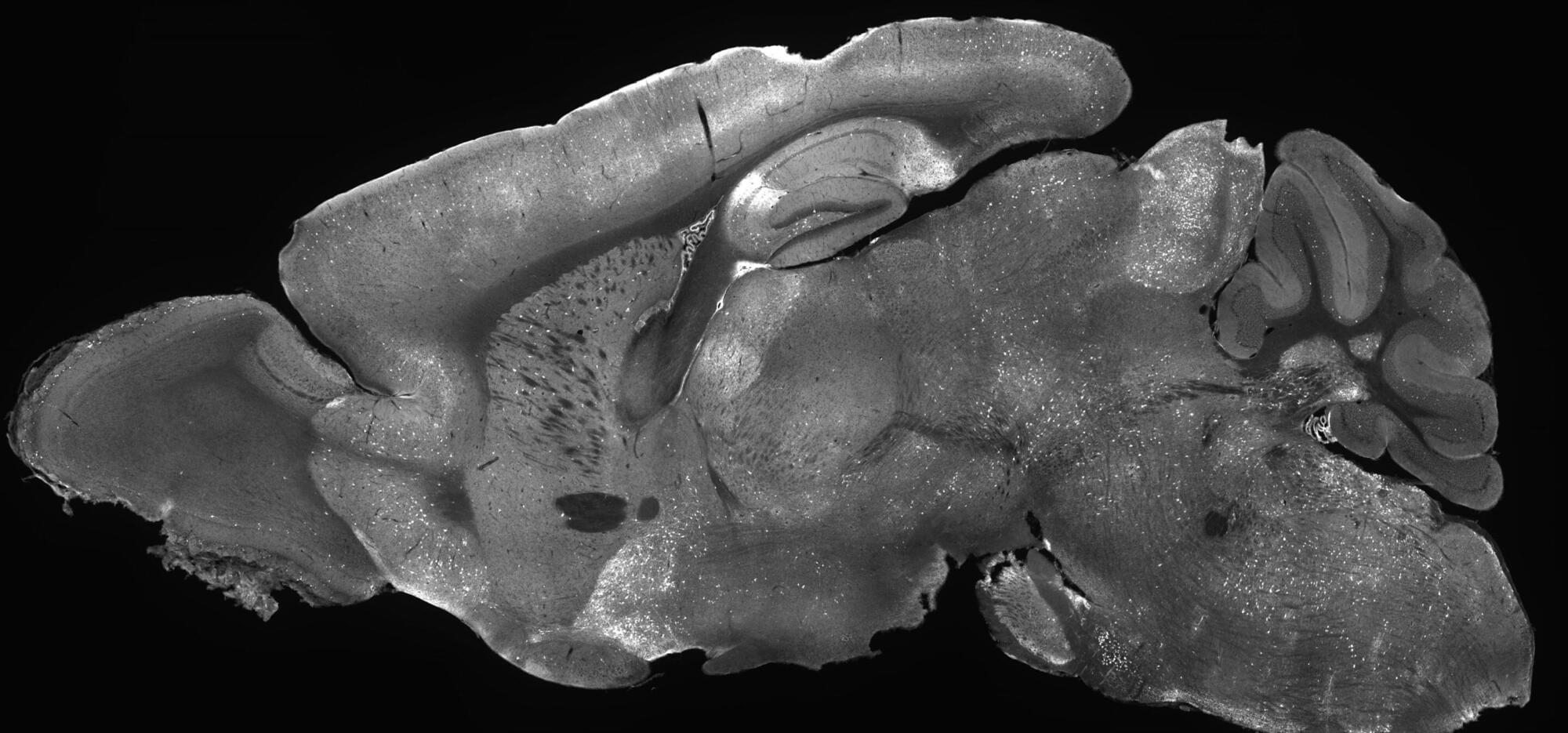
In an exciting scientific first, researchers at the Allen Institute successfully designed a new gene therapy that reversed symptoms related to SYNGAP1-related disorders (SRD) in mice. These are a class of brain disorders that can lead to severe and debilitating symptoms including intellectual disability, epilepsy, motor problems, and risk-taking behaviors in humans. In most cases, SRDs are caused when someone has only one working copy of the SYNGAP1 gene instead of the normal two.
The findings, recently published in the journal Molecular Therapy, represent the first successful gene supplementation therapy for SRDs in which an adeno associate virus (AAV) was used to deliver a working copy of the SYNGAP1 gene into brain cells. AAVs are non-replicating viruses that act like delivery trucks carrying therapeutic cargo, in this case the SYNGAP1 gene, into cells that need it.
“Gene supplementation is providing a functional new copy of a defective gene, a strategy that has great potential for correcting diseases where a gene is completely missing or where a single copy of a gene is lost,” said Boaz Levi, Ph.D., associate investigator at the Allen Institute and senior author of the study. “This provides a clear demonstration that SYNGAP1-related disorders can be treated with a neuron-specific gene supplementation strategy. It’s an important milestone for the field that provides hope for those who suffer from this class of severe neurological diseases.”
Strategies For Complicated Neurodegenerative Disorders — Dr. Leonard Petrucelli, PhD — Neurodegenerative Diseases Laboratory, Department of Neuroscience, Mayo Clinic.

Neurons produced from frontotemporal dementia patients’ skin biopsies using modern stem cell technology recapitulate the synaptic loss and dysfunction detected in the patients’ brains, a new study from the University of Eastern Finland shows.
Frontotemporal dementia is a progressive neurodegenerative disease affecting the frontal and temporal lobes of the brain. The most common symptoms are behavioral changes, difficulties in understanding or producing speech, problems in movement, and psychiatric symptoms. Often, frontotemporal dementia has no identified genetic cause, but especially in Finnish patients, hexanucleotide repeat expansion in the C9orf72 gene is a common genetic cause, present in about half of the familial cases and in 20 per cent of the sporadic cases where there is no family history of the disease. However, the disease mechanisms of the different forms of frontotemporal dementia are still poorly understood, and there are currently no effective diagnostic tests or treatments affecting the progression of the disease in clinical use.
Brain imaging and neurophysiological studies have shown that pathological and functional changes underlying the symptoms occur at synapses, the connections between brain neurons, in frontotemporal dementia patients. PET imaging studies have shown significant synapse loss in the brain, and transcranial magnetic stimulation, on the other hand, has indicated disturbed function of both excitatory and inhibitory neurotransmitter systems, leading to deficient neurotransmission. Often, drugs affecting the different neurotransmitter systems are used to mitigate the symptoms of frontotemporal dementia patients.